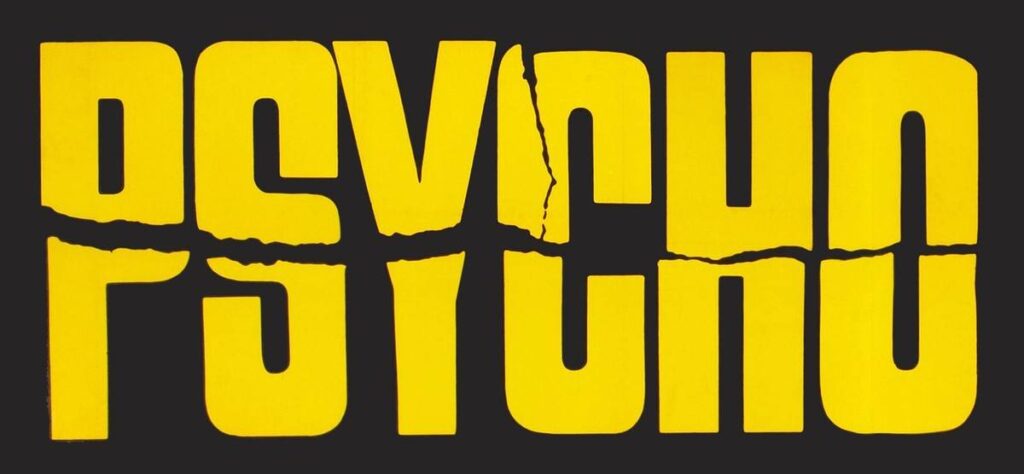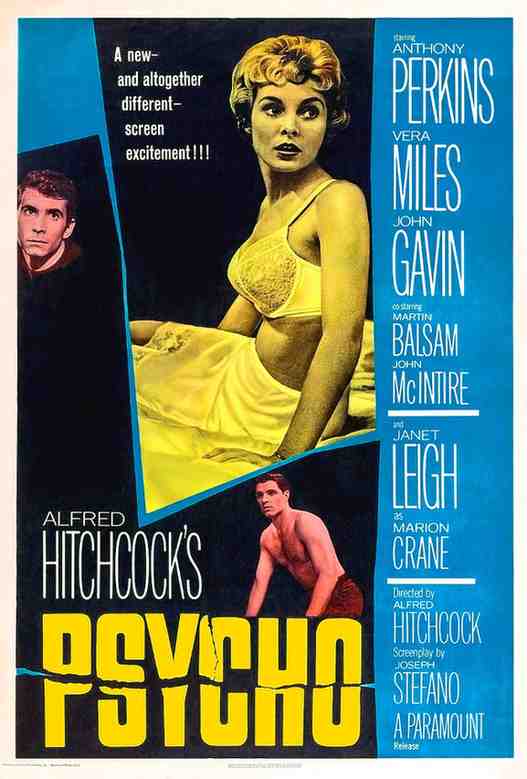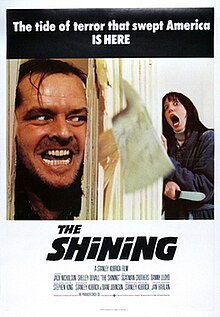Alfred Hitchcock’s Masterpiece That Redefined Horror

When it comes to horror cinema, few films have left as indelible a mark as Alfred Hitchcock’s Psycho (1960). Often hailed as one of the greatest films of all time, Psycho not only redefined the horror genre but also revolutionized filmmaking techniques, storytelling, and audience expectations. Even over six decades later, the film’s chilling atmosphere, shocking twists, and iconic scenes continue to terrify and captivate audiences. Let’s dive into why Psycho remains a timeless masterpiece.
The Plot: A Tale of Deception and Madness
Psycho begins with Marion Crane (Janet Leigh), a secretary who embezzles $40,000 from her employer and flees to start a new life. Exhausted and caught in a storm, she stops at the secluded Bates Motel, run by the awkward yet seemingly harmless Norman Bates (Anthony Perkins). What follows is a series of events that plunge the audience into a world of suspense, deception, and psychological terror.
Without giving away too much (for the uninitiated), the film’s infamous shower scene is a turning point that shocks viewers and sets the stage for a deeper exploration of Norman’s twisted psyche. Hitchcock masterfully plays with audience expectations, delivering a narrative that is as unpredictable as it is horrifying.
Why Psycho is a Masterpiece

1. The Shower Scene: A Cinematic Revolution
The shower scene is arguably the most famous moment in horror history. Lasting just 45 seconds, it features 78 camera angles and 52 cuts, creating a frenetic, disorienting effect. Bernard Herrmann’s screeching violin score amplifies the terror, making it unforgettable. Hitchcock’s decision to kill off the protagonist halfway through the film was groundbreaking, subverting traditional storytelling and keeping audiences on edge.
2. Anthony Perkins as Norman Bates
Anthony Perkins’ portrayal of Norman Bates is nothing short of iconic. His performance is a delicate balance of charm and unease, making Norman both sympathetic and deeply unsettling. The character’s complexity and the revelation of his true nature have cemented him as one of cinema’s greatest villains.
3. Hitchcock’s Direction and Innovation
Hitchcock was a master of suspense, and Psycho showcases his genius. From the use of shadow and light to the meticulous framing of shots, every detail is calculated to maximize tension. The film’s low-budget, black-and-white aesthetic adds to its gritty, intimate feel, proving that horror doesn’t need elaborate effects to be effective.
4. Themes of Identity and Madness
Psycho delves into themes of duality, identity, and mental illness. Norman’s fractured psyche and his relationship with his mother explore the darker corners of the human mind, making the film as psychologically disturbing as it is visually terrifying.
5. Cultural Impact and Legacy
Psycho broke numerous taboos, from its depiction of violence to its exploration of sexuality. It paved the way for future horror films, influencing everything from slashers to psychological thrillers. The film’s success also changed the way movies were marketed, with Hitchcock famously enforcing a “no late admissions” policy to preserve its twists.
Behind the Scenes: Fun Facts
- The Shower Scene: The blood in the shower scene was actually chocolate syrup, as it showed up better in black-and-white.
- Marketing Genius: Hitchcock bought up as many copies of Robert Bloch’s novel (Psycho was based on) as possible to keep the ending a secret.
- Low Budget, High Reward: Made on a modest budget of 800,000,∗Psycho∗wentontoearnover800,000,∗Psycho∗wentontoearnover50 million, becoming one of the most profitable films of its time.
Why Psycho Still Terrifies Today
What makes Psycho endure is its ability to tap into universal fears: the fear of the unknown, the fear of losing control, and the fear of what lies beneath a seemingly normal facade. Hitchcock’s mastery of suspense ensures that the film remains gripping, even for modern audiences accustomed to high-octane horror.
Final Thoughts
Psycho is more than just a horror movie; it’s a cultural landmark that continues to influence filmmakers and terrify audiences. Its blend of psychological depth, innovative filmmaking, and sheer terror makes it a must-watch for any horror fan. Whether you’re revisiting it or experiencing it for the first time, Psycho is a chilling reminder of why Alfred Hitchcock is known as the “Master of Suspense.”
Engage with Me!
What’s your favorite moment from Psycho? Is it the infamous shower scene, Norman’s unsettling conversations, or the shocking twist ending? Let me know in the comments below—I’d love to hear your thoughts!
And if you’re a fan of classic horror, don’t forget to check out my post on The Shining (1980) —what’s the scariest movie you’ve ever seen? Share your picks below! 🎬🔪


